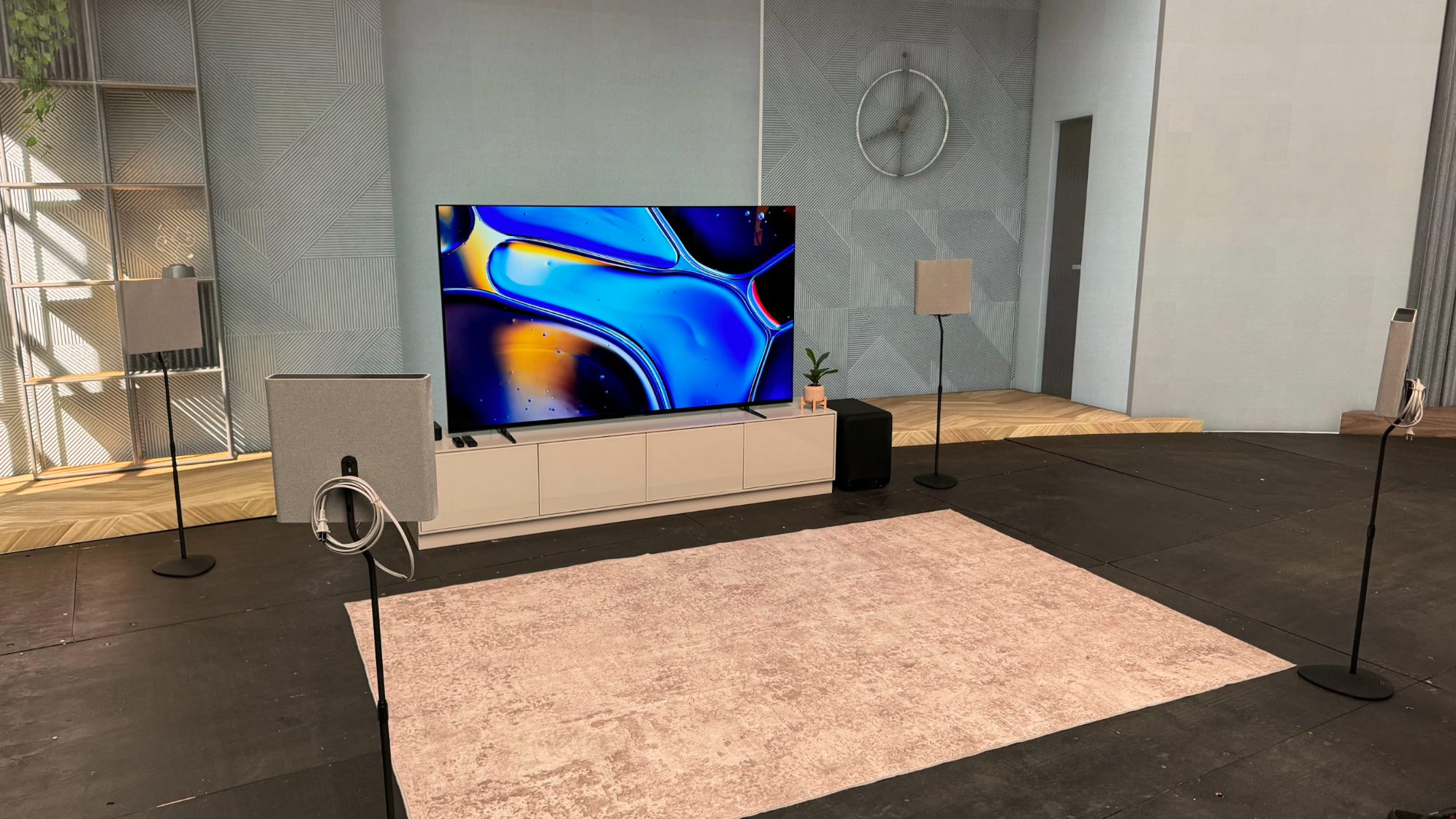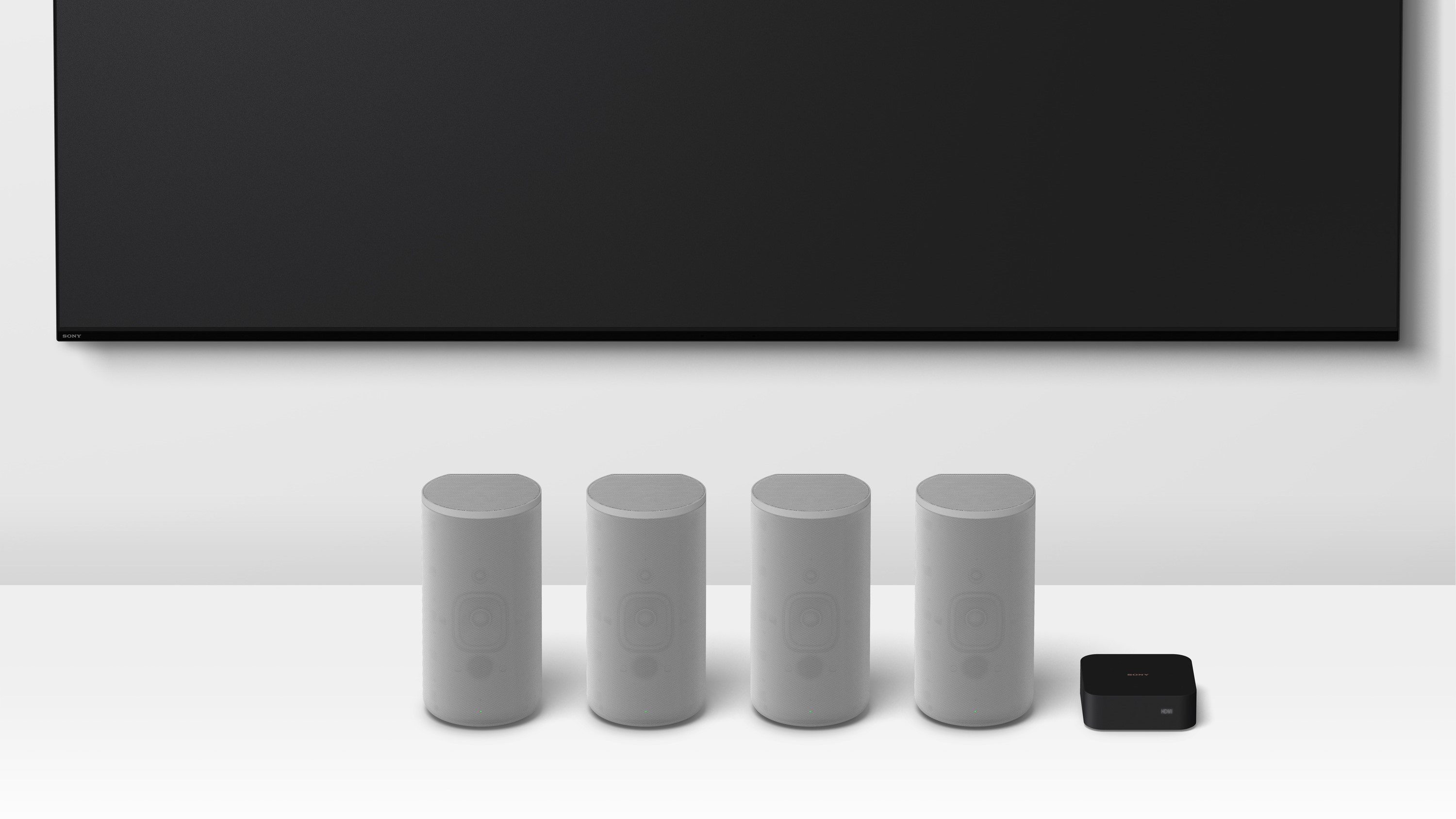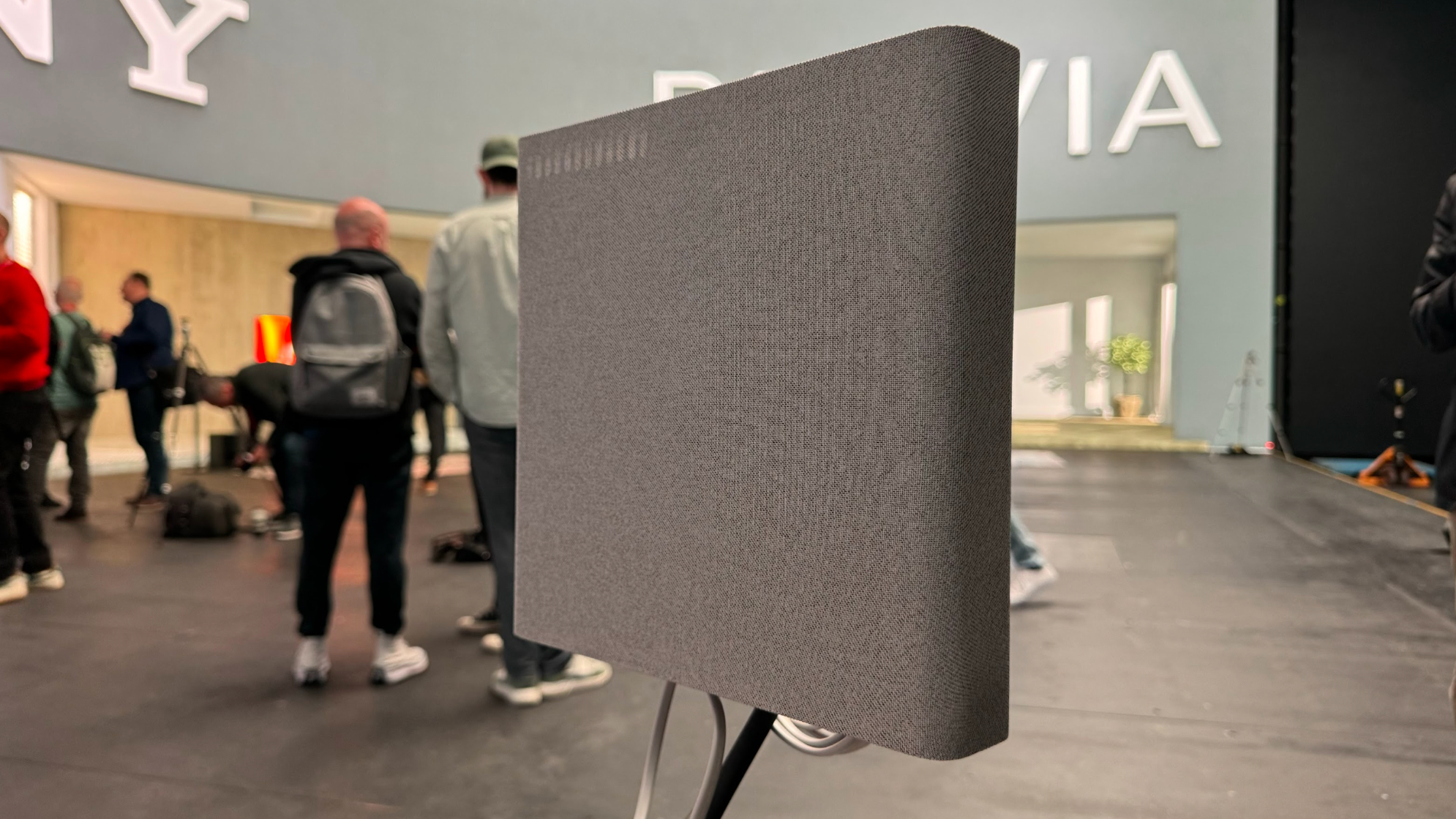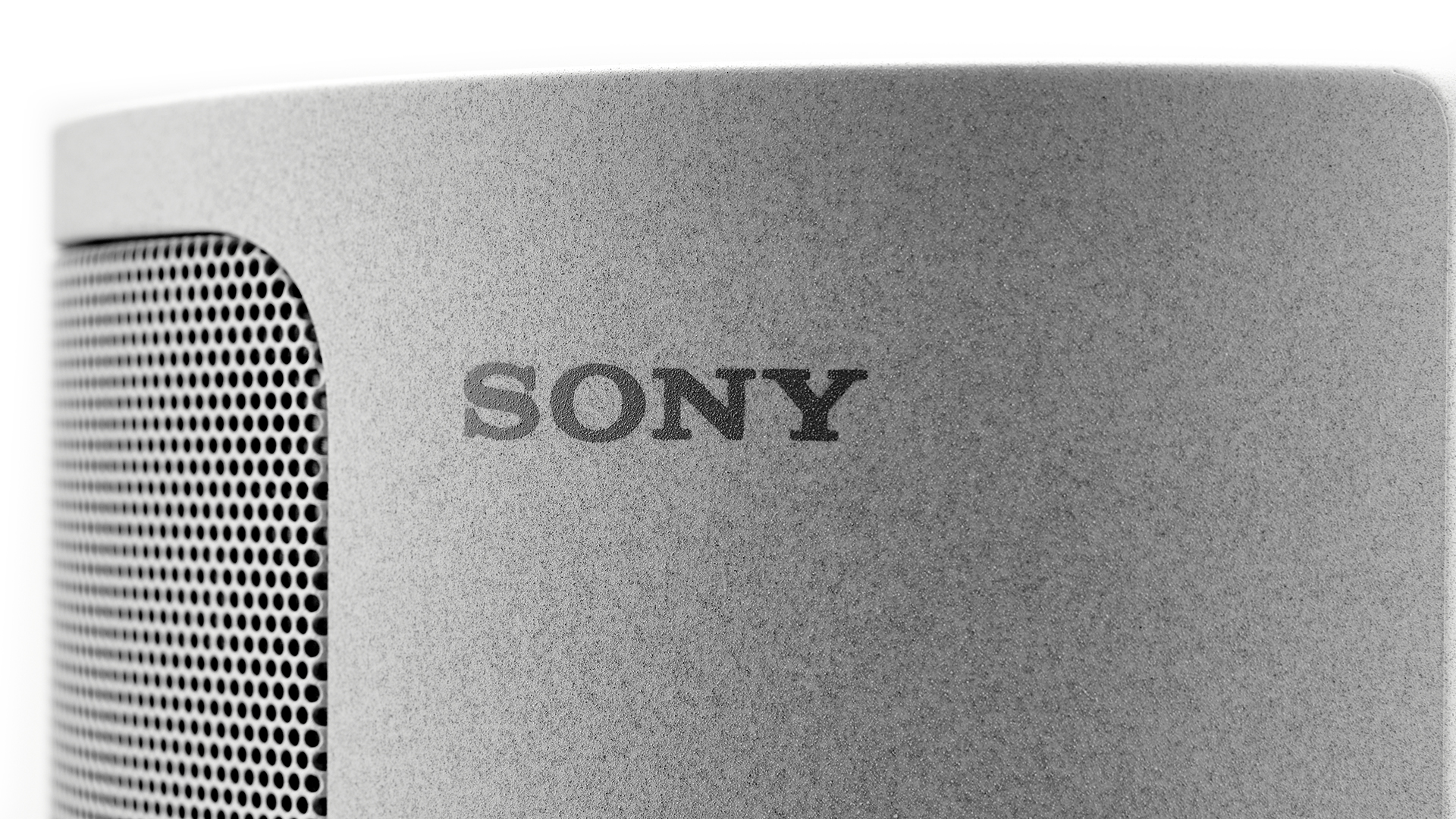
When the Sony HT-A9 launched back in 2021, it was a proposition like no other (as the old Sony slogan goes). Smaller and more versatile than a 5.1 surround sound system, but considerably more advanced than a soundbar, it was something of a halfway house between the two, but rather than compromising on both, it offered the best of both worlds. We gave it five stars.
Now Sony has released a follow-up, the Bravia Theatre Quad. This system has more drivers, the speakers are more discreet and it has app control. But it does cost quite a bit more than its predecessor. Is it worth the extra?
Sony HT-A9 vs Bravia Theatre Quad: price
The HT-A9 launched in 2021 for £1599 / $1799 / AU$2499, and despite its advancing years, its price has stayed stubbornly high. Even now its successor is available, it still costs around the same as at launch.
It's significantly cheaper than the Bravia Theatre Quad, which launched in May for £2499 / $2499 / AU$3699. That's a little more expensive than the monster Sennheiser Ambeo Soundbar Max, and over twice the price of the Award-winning Wharfedale Diamond 12.1 Home Cinema Pack, so it will have to do a lot to justify that price. Though it is worth mentioning that it's more of a surround solution than the Sennheiser, and much more compact than the Wharfedale.
Sony HT-A9 vs Bravia Theatre Quad: design

This is one of the major differences between the two speaker systems. At first glance, the HT-A9's speakers look cylindrical like the second-gen Amazon Echo, but their backs are flat so they can sit flush against walls. They also have a concealed hook for attaching them to walls. That gives them plenty of versatility, though they should have a direct line of sight to the listening position and ceiling for the best performance.
The off-white colour scheme and design are pretty understated, but at 31cm tall, they dwarf most soundbar surrounds. The optional wireless subs don’t share the same aesthetic and instead are matte black and blocky with rounded corners. And the control hub is more of a puck, a bit like the Apple TV 4K.
The Sony Bravia Theatre Quad has evolved the design. Its speakers are sleeker and flatter than the HT-A9's, and they're a little shorter, at 27.5cm tall. That makes them more suitable for wall-mounting as, at just 55mm deep, they will intrude into the room much less than the HT-A9's (which are 14.8cm deep).
They're a lighter grey than the HT-A9's speakers, and should fit in with most home decors (unless maximalism is your thing). The control hub looks unchanged, with the same look and feel as its predecessor, and same black finish.
Sony HT-A9 vs Bravia Theatre Quad: features

The HT-A9's control hub has all the ports you could need. As well as an eARC output and an HDMI pass-through that supports 4K@60fps and HDR (Dolby Vision, HLG and HDR10), there's also a LAN socket (and wi-fi connectivity), a USB service port and a mini-jack output for connecting to S-Center sync.
While the speakers connect to the hub wirelessly, they do need to be plugged into a mains socket for power. The bundled power cables are a little short, so you might have to replace them depending on your speaker placement and layout of wall sockets (they're standard figure-of-eight cables).
There's a small remote control, and you can access an on-screen menu with set-up options through a compatible Sony Bravia TV. The system will calibrate the sound to your room automatically, but you can adjust it manually as well if you like. It has three sound modes to choose from too – Standard, Music and Surround.
Both the HT-A9 and Bravia Theatre Quad support the same codecs: Dolby Atmos (in the Digital+ and TrueHD formats), DTS:X, LPCM, hi-res wireless audio and Sony 360 Reality Audio spatial technology. And if content isn't available in 360 Reality Audio, you can up-mix it to virtual 3D sound using the height speakers and the rears using the 'Immersive AE' setting.
With four drivers in each speaker, the Bravia Quad has one more each than the HT-A9. And like Sony's new soundbars, it can be controlled via the Bravia Connect app, so you don't need a Sony TV to see an on-screen menu. Sony claims the Sound Field Optimisation feature is more accurate than previous versions.
If you do have a compatible Sony TV, some extra features come into play. Acoustic Centre Sync lets you use your TV's speakers as the centre channel, letting them work in harmony with the Bravia Quad's speakers (the HT-A9 has a similar feature called S-Centre Sync). Voice Zoom 3 uses AI to recognise human voices and amplify or reduce their volume accordingly so they're clearer in the mix. And you can access a quick control menu on-screen with a compatible Bravia TV.
The new woofer's unique structure lets it create high sound pressure from a slim speaker unit. Coupled with a bass reflex port, it should generate a powerful low-end sound, according to Sony.
Sony HT-A9 vs Bravia Theatre Quad: sound

We haven't tested the Bravia Theatre Quad yet, so can't comment on its sound quality. But the HT-A9 has a five-star sound, one that blew our scepticism out of the water.
Call us cynics, but we were doubtful Sony could live up to its promise to deliver an even, balanced sound no matter where you placed the HT-A9's speakers around the room. We were wrong.
What strikes you straight away is the level of dispersion the HT-A9 is able to achieve. The four equal speakers can convey sounds from off-screen as well as those on, and the precision and texture on show is more immersive than any soundbar package.
The HT-A9 is at its best when driven hard, with frantic action and a high volume. Partnering it with the SA-SW5 subwoofer adds more scale and brings out more midrange from the speakers, while the high-end adds an expansiveness and level of detail that really immerses you in the action.
The sound is room-filling, with dialogue clear despite the lack of a centre channel. Even with a lopsided speaker arrangement, the degree of speech clarity is always impressive. No matter how haphazard our speaker positions, the sound design never feels off-kilter or detracts from the action on-screen – it's a forgiving, well-blended soundfield, with an easy flow and handover between each speaker.
For music, the HT-A9 produces good stereo imaging, and a nuanced, characterful vocal performance. The top end can feel a bit insistent, especially in busy arrangements, though the addition of the sub does help balance this out.
Sony HT-A9 vs Bravia Theatre Quad: early verdict
The Bravia Theatre Quad looks like a compelling middle ground between a soundbar and a full 5.1 system. If it can build on the HT-A9's impressive performance, it could be the ideal home cinema solution for a lot of people. It's a shame about the price, but hopefully that will come down more significantly than its predecessor's.
MORE:
Read our review of the Sony HT-A7000
Also consider the Sonos Arc with Sonos 1 surrounds and sub
Best surround sound systems to bring movies to life







